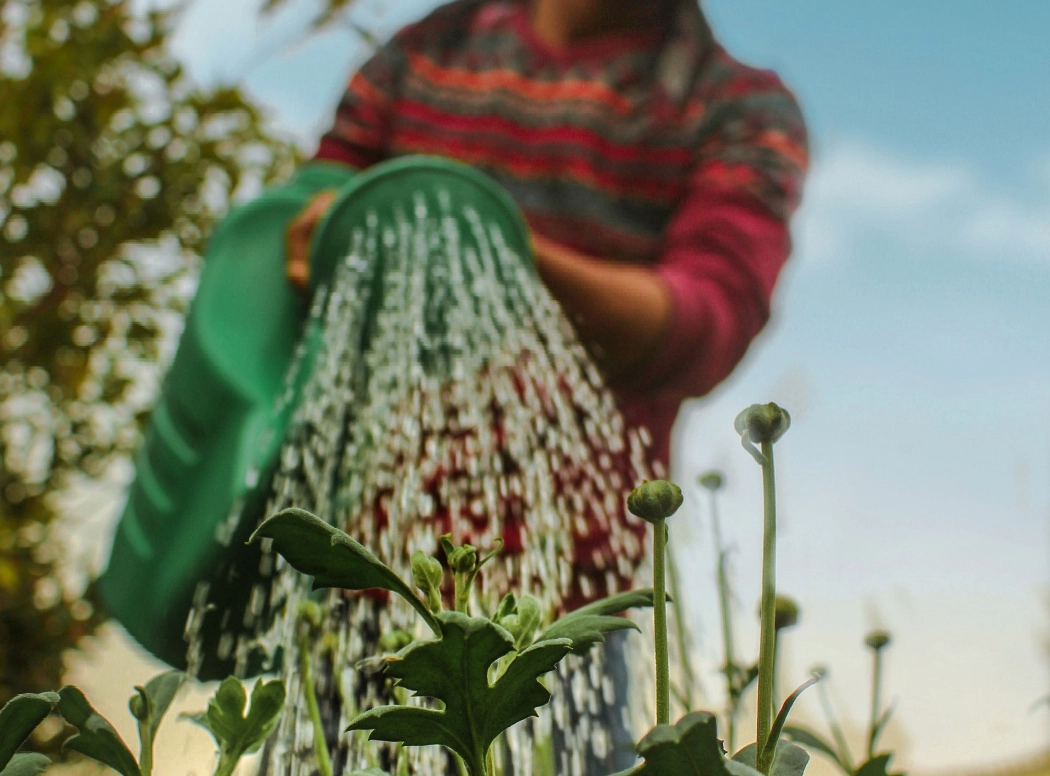Our Aquanomics model projects that droughts, floods, and storms could result in a total loss of $312 billion to Australia’s GDP between 2022 and 2050 – almost one third of Australia’s GDP in 2020. Storms are expected to have the greatest direct impact on the economy ($70 billion), followed by floods ($44 billion) and droughts ($28 billion).
As a land of ‘droughts and flooding rains’, Australia has more experience than most in the battle against water risk. Australia is the driest of all inhabited continents, experiencing varied and volatile weather patterns across the country. Australia’s east coast has experienced record rains and flooding in 2022; by the end of the first week in March, Southern Queensland and northern New South Wales (NSW) had each received more than a year’s worth of rainfall in a week, leaving thousands displaced and destroying property, livestock and transport infrastructure.
Australia data dashboard
- Manufacturing & distribution
-
$169bn0.9%
- FMCG & retail
-
$146bn2%
- Agriculture
-
$119bn5.8%
- Banking & insurance
-
$43bn0.5%
- Energy & utilities
-
$8bn0.1%
What events will cause the biggest economic impact?
Data showing direct losses by weather event type between 2022 - 2050
Water risk in Australia
After more than 60,000 years of stewardship by Indigenous Peoples, the country’s fragile ecosystems reflect remarkable adaptation to harsh conditions. However, post-industrial era climate variability is threatening both regional and urban Australia. An ongoing demographic shift to major city areas has spurred development, resulting in a loss of green space to make way for hard, impervious surfaces such as roads and pavements. This elevates the heat island effect (with a lack of shade contributing to higher heat stress morbidity).
In fact, it’s widely recognised that heatwaves are more deadly than bushfires and are expected to get worse. The Australian Government has reported that major heatwaves are Australia’s deadliest natural hazards, particularly for cities. Major heatwaves have caused more deaths since 1890 than bushfires, cyclones, earthquakes, floods and severe storms combined. Further, urbanisation reduces the natural buffers and systems that absorb water and prevent run off, leaving urban centres more exposed to flooding and potential contamination of drinking water. This in turn can lead to ecological damage and significant social impacts, including loss of livelihoods and livability. These flow-on impacts bring with them additional hard economic costs, adding a further layer of financial risk to the broader water story in Australia.
Australia’s agricultural sector will feel the most significant economic impact of climate change, with projected annual output losses of 5% by 2030 and 8% by 2050 – the largest in percentage terms in the entire study. Overall, water risk could result in the sector suffering $150 billion in total output losses between 2022 and 2050. These potential losses could mean the industry will have to improve productivity more than previously planned in order to achieve the Government’s ambition of growing Australian agriculture to AUD$100 billion by 2030.

Building future water resilience
With a growing population and increasing demand for water, helping our client embrace their role in the circular economy is a key role we can play-helping water authorities design out waste and pollution and regenerate natural systems. Increasing supplies of manufactured water through water reuse and recycling offers a reliable source of water that is not climate-dependent and can also contribute to economy-wide decarbonisation efforts through energy production of green hydrogen. For Australia’s coastal cities – where 80% of the country's population is concentrated – desalination will be crucial in easing water stress. Inland, wastewater treatment and recycling will become more important. These processes make purified recycled water available for drinking, as well as for power stations, industry, and agriculture.
In cities, understanding flood risks with integrated and adaptive planning processes is a key first step. Embracing a combination of green infrastructure and predictive digital solutions – like flood modelling and real-time monitoring systems – will also help manage future risk.


With irrigated agriculture currently using approximately three quarters of Australia’s natural water supply, upgrading to smarter irrigation systems will be central to mitigating the threat posed to the industry by water risk to agriculture. There are already some great examples of where this has been successfully implemented such as the Murrumbidgee Irrigation Scheme.
The government has a key role to play in managing the transition to new methods of water management. Investment programs, such as the National Water Grid Fund, are the first step, but infrastructure can only be part of the solution. For water to play its part in a circular economy means fundamental changes to deeply held attitudes around water management, our collective priorities and community values.

Lindsey Brown
Australian Water Market Leader, GHD
